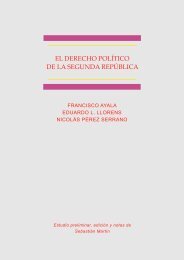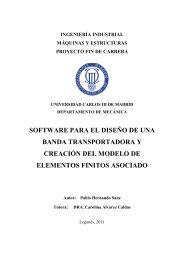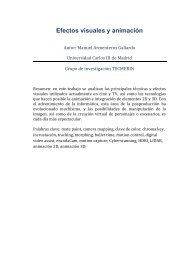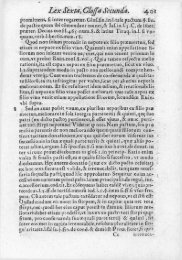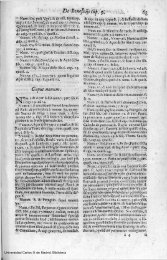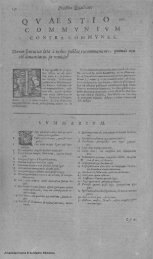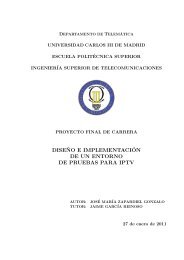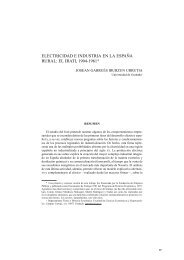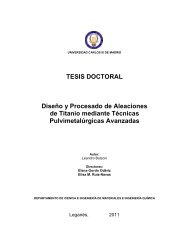Land tenure inequality, harvests, and rural conflict ... - e-Archivo
Land tenure inequality, harvests, and rural conflict ... - e-Archivo
Land tenure inequality, harvests, and rural conflict ... - e-Archivo
Create successful ePaper yourself
Turn your PDF publications into a flip-book with our unique Google optimized e-Paper software.
l<strong>and</strong> invasions) or the duration of the <strong>conflict</strong> (among others, Korpi <strong>and</strong> Shalev,<br />
1980).<br />
Using participation has problems in itself, however. Firstly, one worries about<br />
measurement error, a serious problem in the kind of evidence used here. Secondly,<br />
participation could be endogenous to the success of the <strong>conflict</strong> event. Participation is<br />
generally measured at peak participation but peak participation is endogenous to the<br />
prior probability of success (for example people participate more when the probability<br />
of repression is low or when success looks possible).<br />
An oft-used second proxy for intensity is the duration of the <strong>conflict</strong> event.<br />
But duration is also poorly measured in the types of <strong>conflict</strong>s described here.<br />
Moreover, in most regression exercises with strike data, duration is negatively related<br />
to the probability of strikers’ success (Card <strong>and</strong> Olson, 1995: 49-50). Both<br />
measurement error <strong>and</strong> endogeneity problems recommend avoiding the use duration<br />
<strong>and</strong> participation in the measurement of the intensity of <strong>conflict</strong>.<br />
Finally, I do not take into account the outcome of the “<strong>conflict</strong> event”. In some<br />
cases, it is difficult to conclude that a certain episode ended in a victory or defeat of<br />
peasant <strong>and</strong> government officials might have reasons to alter the distribution of strike<br />
outcomes. The available evidence suggests workers victories dominated losses until<br />
1934 (FNTT, 2000: 205-6; AE, 1932-33: 650). This is not surprising: a study of<br />
prefects between 1931-1939 shows only 7 per cent of all prefects were military<br />
officers, whereas almost 60 per cent were school teachers, university professors,<br />
doctors <strong>and</strong> journalists in most cases associated with one of the Republican parties<br />
14



